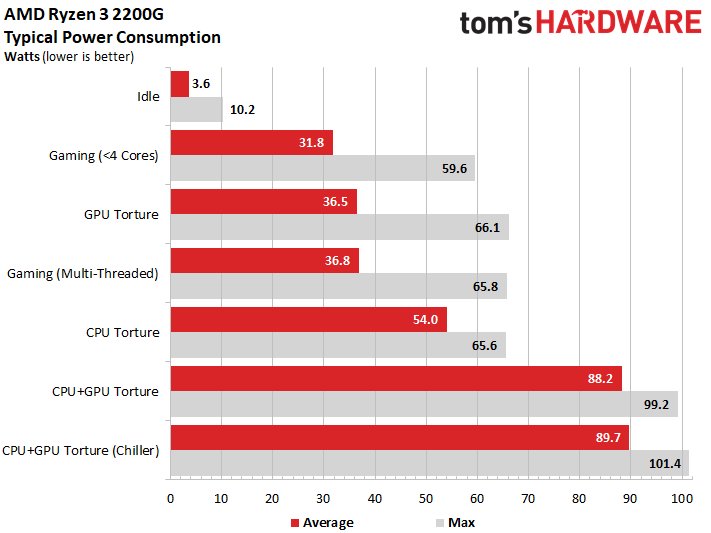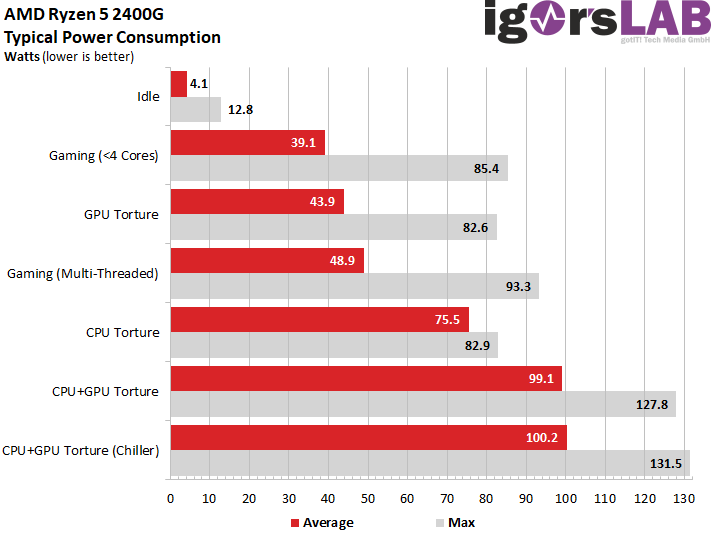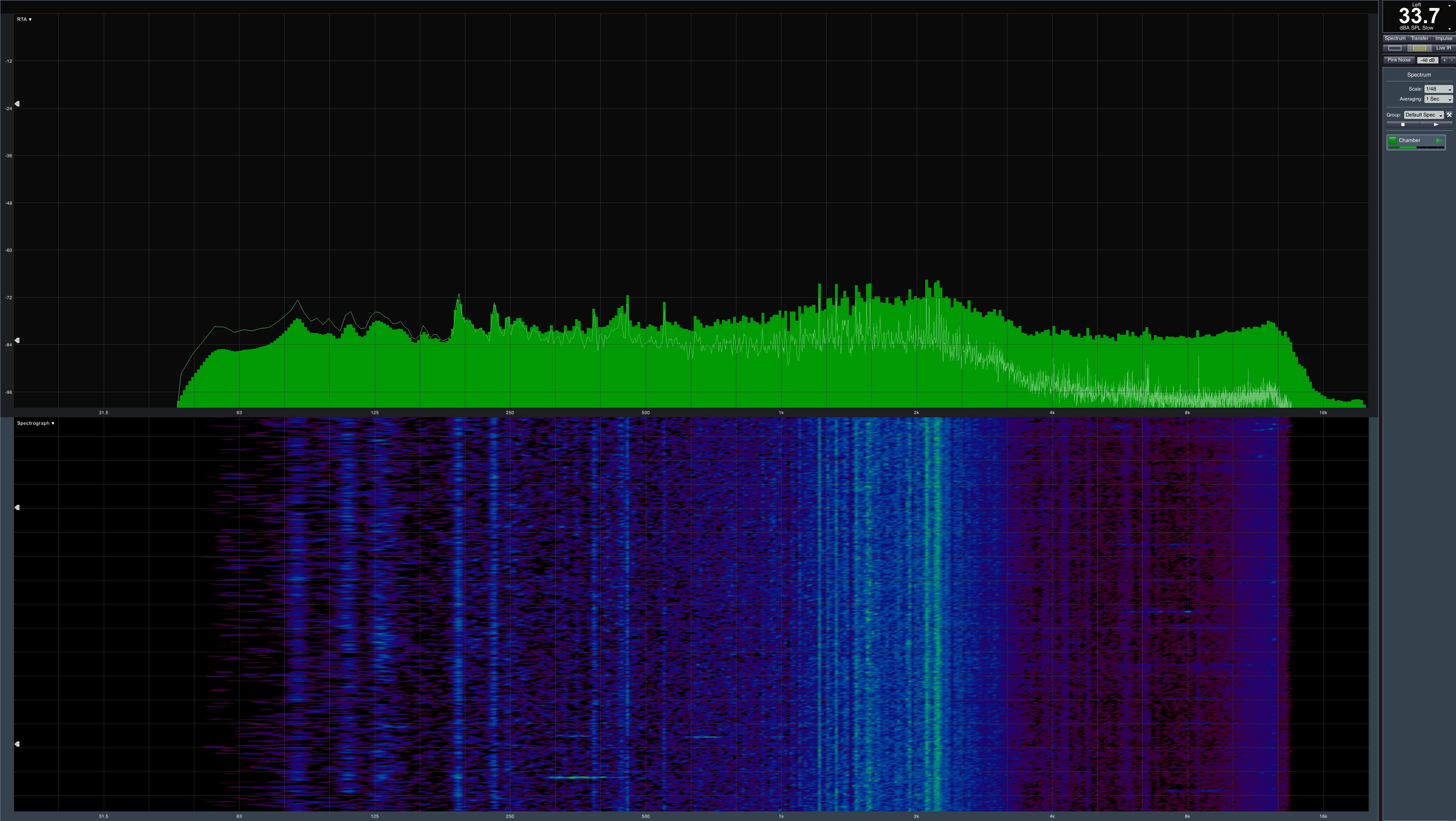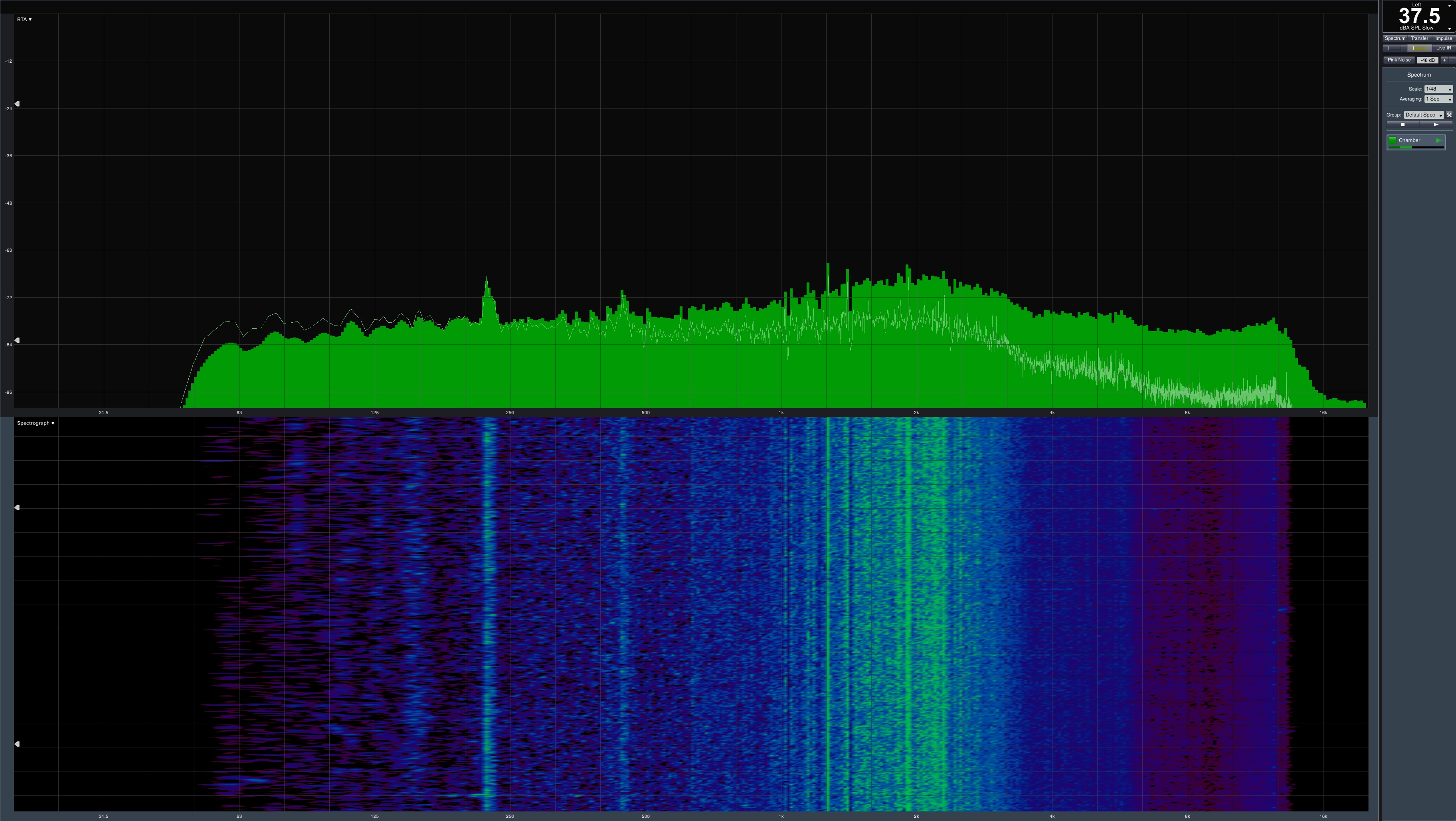Overview of power consumption
We have now summarized the results of the previous pages in bar graphics for a better overview. We also see very clearly that the peaks achieved in short and rather sporadic terms provide a good indication, which could be as possible at most, but these values are never reached in practice. In the following, we are only guided by the red bars, which represent the average value actually determined over a longer period of time.
AMD's Ryzen 3 2200G stays below the 40-watt mark even when gaming under everyday conditions and only really strikes during the Torture test. Then (and only then) the specified 65 watts of TDP are pure waste and also the boxed cooler has reached the end of what is physically feasible.

AMD's Ryzen 5 2400G is a much larger calibre, but it also stays just below the 50-watt mark in gaming and everyday conditions and only shows in the Torture test what is actually no longer possible. Then the Boxed cooler is a little badly out of place and it uses the mandatory emergency brake.

The fact is that both APUs were well coolable under normal conditions and you have little reason to resort to another, more potent cooling solution. Whether this would make sense due to the operating noise, we shall see in a matter of one way. From a purely cool point of view, everything is in the green area, especially since the downblower also cools the components on the motherboard well.
Noise emission ("volume")
Old theme, but always up-to-date. Since both APUs act almost identically on our motherboard and even in gaming the maximum speed of the Boxed cooler is already reached in both, we have compared the values for idle and load operation as frequency analysis below.
In the Idle, both systems run at an average of 1588 rpm at approx. 32°C. We hear (and see) hardly low-frequency bearing noise, only the drive is responsible for the proportions below 1 KHz. The rest are demolition and air noises of the propeller. At 33.7 dB(A), the system is not really noisy and in a closed housing the fan is actually hard to hear.
Nevertheless, it is not completely inaudible, which we attach to the somewhat too generous fan control of the motherboard. One would certainly have been able to with approx. 1200 rpm is still sufficient, which is only a short time above the 30 dB(A) mark.

Under load, the maximum speed is then (almost) reached, because the board, regardless of pWM or voltage control, only gives approx. 1906 rpm at the top. We achieve these speeds both in gaming with both APUs and in all stress tests. At the latest, however, the airflow is too low and one would have wished for a slightly more potent fan. The actual attached maximum speeds then increase the noise level to an average of 37.5 dB(A) for both gaming and stress tests.

You can live with that, too, but you can hear it much more clearly. It's not really loud, but the engine sounds more strenuous and also a little more buzzy, which shows the image of the frequency spectrum well.

































Kommentieren